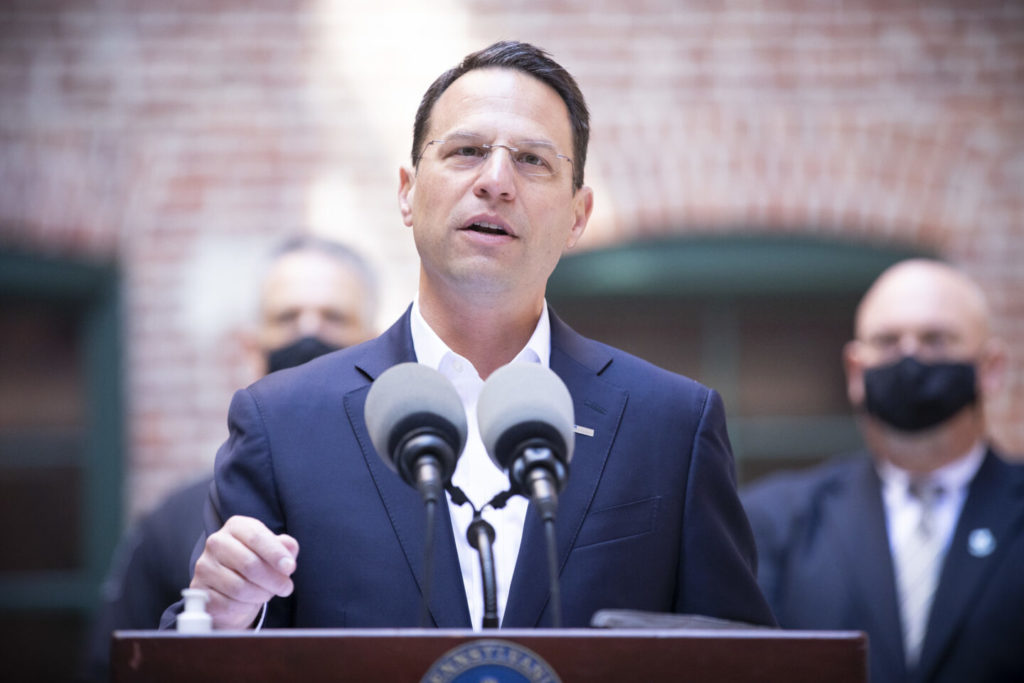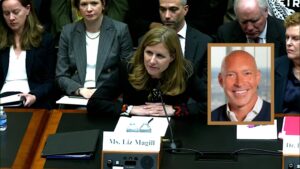Republicans ‘sympathetic but cautious’ of Shapiro’s higher ed plan
(The Center Square) – Gov. Josh Shapiro’s proposal to shake up Pennsylvania’s higher education system has legislative Republicans intrigued – but not yet on board.
“List me as…

(The Center Square) – Gov. Josh Shapiro’s proposal to shake up Pennsylvania’s higher education system has legislative Republicans intrigued – but not yet on board.
“List me as sympathetic but cautious,” said Sen. Dave Argall, R-Mahanoy City and chair of the Senate Education Committee. “It’s still in its very early stages.”
Shapiro’s blueprint would combine the community college and PASSHE systems, increase PHEAA grants for all students by $1,000, set a $1,000 per semester limit on tuition and fees for students in the unified system, and develop a performance-based funding model for state-owned and state-related universities.
The plan would also come with a $279 million increase in funding to offset student costs.
Though the public has an outline, they and legislators alike are waiting for more information.
“In terms of combining the community college and the state system, I’m not against it and I’m not for it because I need to see how it’d work,” said Rep. Jesse Topper, R-Bedford and Republican chair of the House Education Committee. “But I admire – the No. 1 thing I’m pleased about is that the governor sees the need for transformational change in how we do higher education in this state and I agree. Now the devil’s in the details.”
Topper previously proposed legislation to develop performance-based funding and liked Shapiro’s inclusion of something similar.
The push to reform higher ed comes as Pennsylvania’s college-aged student population has fallen dramatically in the last decade. In response, PASSHE cut employees, merged universities, and now aims to attract adult learners looking to get a new credential to pivot jobs, or finish uncompleted degrees.
PASSHE Chancellor Dan Greenstein has positioned the university system as a way to close a “talent gap” and educate teachers, nurses, and other workers in high demand. In that vein, a partnership with Google to build certificate programs announced last summer has the governor’s support as a way to boost economic competitiveness.
The governor’s proposal, though, has prompted some skepticism among education experts.
Neal McCluskey, director of the Cato Institute’s Center for Educational Freedom, argued that measuring performance based on graduation rates and enrollment boosts can cause problems.
“This will put a lot of focus on getting more people degrees, but gives no incentive, at least that I can see from the press release, to provide valuable skills and knowledge,” McCluskey said. “It basically incentivizes getting more students in and awarding more diplomas no matter what students learn.”
Uniting community colleges and PASSHE could face political hurdles, too.
“I think the idea of eliminating duplicative programs makes sense, and in theory consolidation could create money-saving efficiencies,” McCluskey said. “But I am not optimistic about actually cutting duplicative programs – people they employ will work very hard politically to keep them and may well succeed.”
Instead, he advocated cutting subsidies: “the key to more efficient higher education is schools needing to get funding from students that pay with their own money or money voluntarily given to them.”
The work to perform Pennsylvania higher ed isn’t only on the shoulders of the General Assembly.
“This is not just a state government problem to fix: the universities and the colleges need to also be heavily engaged in creating degrees to lead to career paths here in Pennsylvania,” Topper said.
But recent changes have built trust.
“The reason we saw increased funding for PASSHE is because they showed a willingness to engage in transformational reform,” Topper said. “As long as institutions show a willingness to do that, I think we can continue our relationship with them.”
But the governor’s budget proposal of $48.3 billion, a 7% increase from last year, could cause problems.
“The most difficult issue is going to be determining what we can afford. The governor’s numbers are very different from the Independent Fiscal Office’s,” Argall said. “And we do not want to repeat the mistakes made in California and New York where they spent themselves into deficits, they blew through their reserves … we need to look at the numbers and see what’s realistic and what’s phony.”



